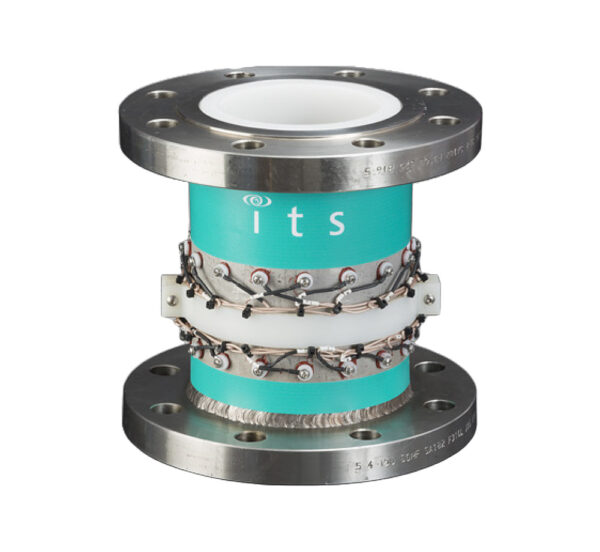tomography
Overview of our tomography services
definition
tomography refers to imaging techniques that enable detailed cross-sectional images of the interior of an object without physically dissecting it. This technique is used in various scientific and industrial fields to obtain information about the internal structure and composition of materials or processes. It thus enables non-invasive analysis of the interior.
Process tomography for industrial applications
Our product range includes the process tomography for online measurement and visualization of various processes in industrial plants. This technology enables real-time monitoring of processes in process columns, boilers, or pipelines. Continuous data acquisition allows process parameters to be optimized and inefficiencies to be reduced.
functionality
In process tomography, the sample container is equipped with electrodes in one or more planes or a linear sensor is inserted. Electrical resistance tomography (ERT) and electrical capacitance tomography (ECT) are used. ERT measures the electrical resistance between the electrodes, while ECT measures the capacitance between the electrodes. The resulting data is used to reconstruct an image of the distribution of materials or phases within the container.
Advantages
Process tomography offers several advantages for monitoring and optimizing industrial processes. It enables online measurement, allowing changes in the process flow to be directly visualized. Furthermore, it captures information across the entire volume of the vessel, not just at individual measurement points. Furthermore, process tomography is, in many cases, a non-invasive method.
Areas of application
Process tomography is used in various industries. The chemical industry uses it to monitor mixing processes and reactions, the food industry for quality control and process optimization, and the oil and gas industry for analyzing flow processes in pipelines. Process tomography can also be used in environmental engineering to inspect wastewater treatment plants.
Selection criteria for systems
When selecting a suitable process tomography system, you should consider the specific requirements of your application. These include the type of process, the size and geometry of the vessel, the conductivity or dielectric constant of the materials involved, and the desired spatial and temporal resolution. Our experienced team offers support in selecting the optimal system for your process monitoring tasks.
Contact for further information
We're happy to provide detailed information on each product and assist you in selecting the right system. Contact our experienced team for more information.

